Filter by
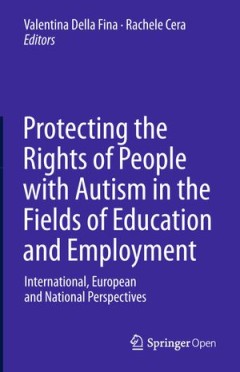
Protecting The Rights of People With Autism in The Fields of Education and Em…
European Law; Human Rights; International and Comparative Education; Private International Law, International & Foreign Law, Comparative Law; Law and Psychology
- Edition
- -
- ISBN/ISSN
- 9783319137902
- Collation
- -
- Series Title
- -
- Call Number
- 341.48 FIN p
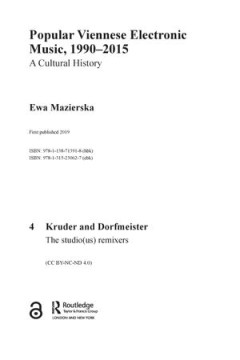
4 Kruder and Dorfmeister
When Cruise , the film whose dialogue I used as an epigraph for this chapter, was released in 1970, these words were seen as capturing Polish inability to move beyond the safe zone of a well-known repertoire of images, melodies and symbols. Austrians allegedly are also stuck in the past (see Chapter 1 ). This would explain Kruder and Dorfmeister’s penchant for making capital from our pleasure…
- Edition
- -
- ISBN/ISSN
- 9781138713918
- Collation
- -
- Series Title
- -
- Call Number
- 791.43 MAZ e
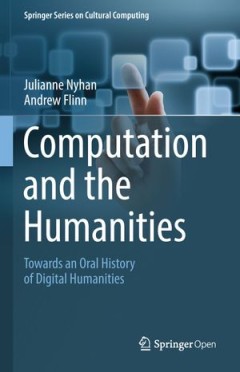
Computation and The Humanities: Towards An oral History of Digital Humanities
user interfaces; human computer interaction; computers and society
- Edition
- -
- ISBN/ISSN
- 9783319201696
- Collation
- -
- Series Title
- -
- Call Number
- 001.6 NYH c
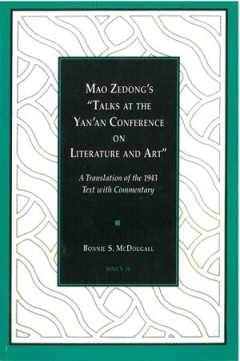
Mao Zedong’s “Talks at the Yan’an Conference on Literature and Art”: …
The writings of Mao Zedong have been circulated throughout the world more widely, perhaps, than those of any other single person this century. The “Talks at the Yan’an Conference on Literature and Art” has occupied a prominent position among his many works and has been the subject of intense scrutiny both within and outside China. This text has undoubted importance to modern Chinese liter…
- Edition
- -
- ISBN/ISSN
- -
- Collation
- -
- Series Title
- -
- Call Number
- 700 MAO m

Walk On The Beach: Things From The Sea, Volume 1
This volume brings together writing and imagery from the experimental “beachwalk” session(s) at the Third Biennial Meeting of the BABEL Working Group, On the Beach: Precariousness, Risk, Forms of Life, Affinity, and Play at the Edge of the World. We began with conversations about the sea. We meditated together on chance, discovery, agency, beauty, and material ecology. We talked about the d…
- Edition
- -
- ISBN/ISSN
- 9780692707647
- Collation
- -
- Series Title
- -
- Call Number
- 701.1 WAL w
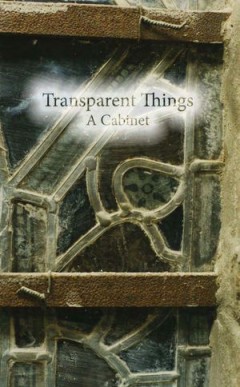
Transparent Things: a Cabinet
For too long, the Earth has been used to ground thought instead of bending it; such grounding leaves the planet as nothing but a stage for phenomenology, deconstruction, or other forms of anthropocentric philosophy. In far too much continental philosophy, the Earth is a cold, dead place enlivened only by human thought—either as a thing to be exploited, or as an object of nostalgia. Geophiloso…
- Edition
- -
- ISBN/ISSN
- 9780615790374
- Collation
- -
- Series Title
- -
- Call Number
- 709.02 OVE t

South Station Hoard: Imagining, Creating and Empowering Violent Remains
This collaborative arts research project compares the landmark discovery of the Staffordshire Hoard, the largest hoard of Anglo-Saxon gold and silver metalwork discovered in 2009, with an imagined hoard from present day pre-adolescent girls. The collaborators constructed a subterranean installation, generated speculative historical documents, collected and embellished social networking “artif…
- Edition
- -
- ISBN/ISSN
- 9780692346563
- Collation
- -
- Series Title
- -
- Call Number
- 700 SOU s
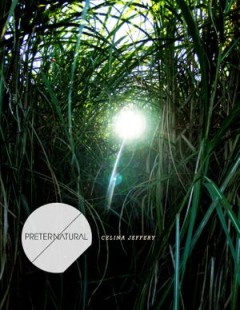
Preternatural
The preternatural, as explored by these artists, disturb the ontological boundaries of art, nature and metaphysics. They exist within the folds of classificatory thresholds: both beyond and between nature and supernature; human and animal; vegetable and mineral; living and dead. The confusion between animate and inanimate is a primary concern, a surreality which unites with the preternatural’…
- Edition
- -
- ISBN/ISSN
- 9781105245022
- Collation
- -
- Series Title
- -
- Call Number
- 700 JEF p
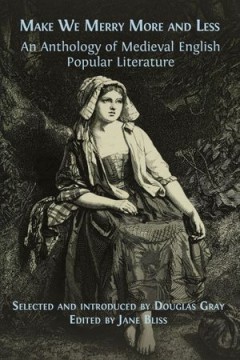
Make We Merry More and Less
"Conceived as a companion volume to the well-received Simple Forms: Essays on Medieval English Popular Literature (2015), Make We Merry More and Less is a comprehensive anthology of popular medieval literature from the twelfth century onwards. Uniquely, the book is divided by genre, allowing readers to make connections between texts usually presented individually. This anthology offers a fruitf…
- Edition
- -
- ISBN/ISSN
- 9781783747122
- Collation
- -
- Series Title
- -
- Call Number
- 808.3

Mythomanias: Crime Scenes & Psycho Case Studies
mythomaniaS is a catalog of case studies in the form of film stills, architectural fragments, stage props, texts, and images culled from the experiments of MindMachineMakingMyths (Lab M4, part of the New Territories architecture studio, Bankgok, Thailand), a collaboration begun in 2012 between Camille Lacadee and François Roche to construct environmental-architectural psycho-scapes (in the par…
- Edition
- -
- ISBN/ISSN
- 9780692523551
- Collation
- -
- Series Title
- -
- Call Number
- 791.43 MYT m
 Computer Science, Information & General Works
Computer Science, Information & General Works  Philosophy & Psychology
Philosophy & Psychology  Religion
Religion  Social Sciences
Social Sciences  Language
Language  Pure Science
Pure Science  Applied Sciences
Applied Sciences  Art & Recreation
Art & Recreation  Literature
Literature  History & Geography
History & Geography